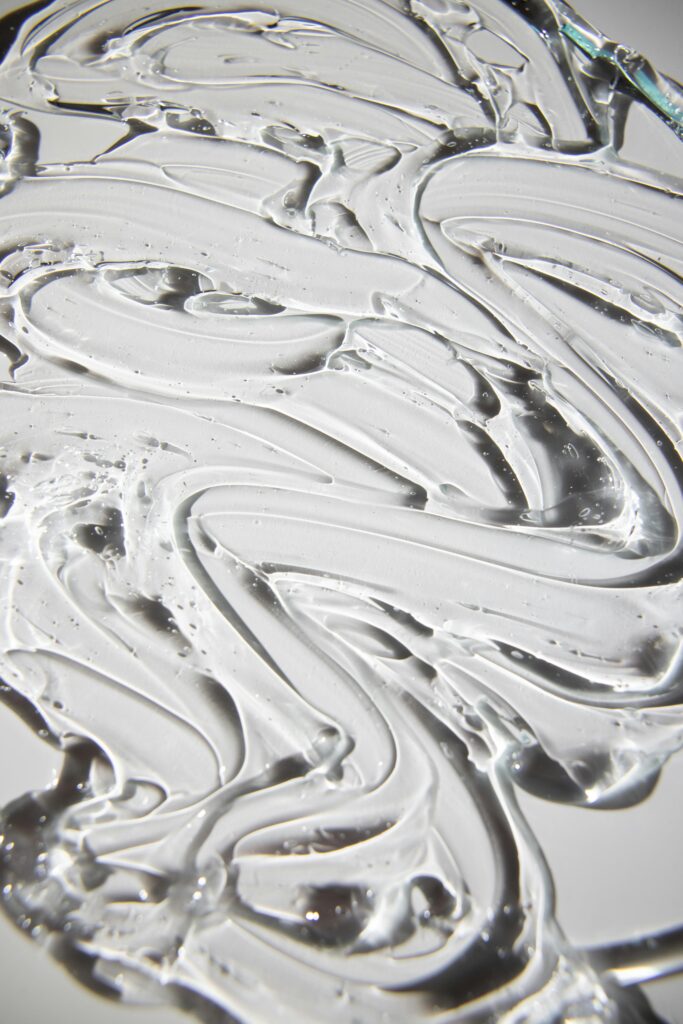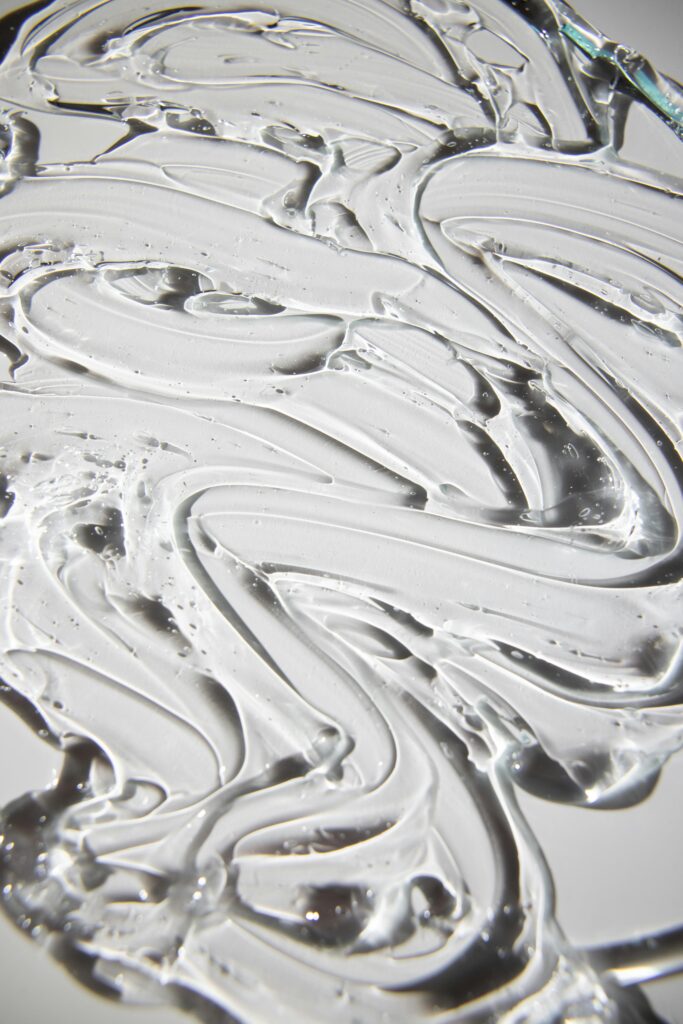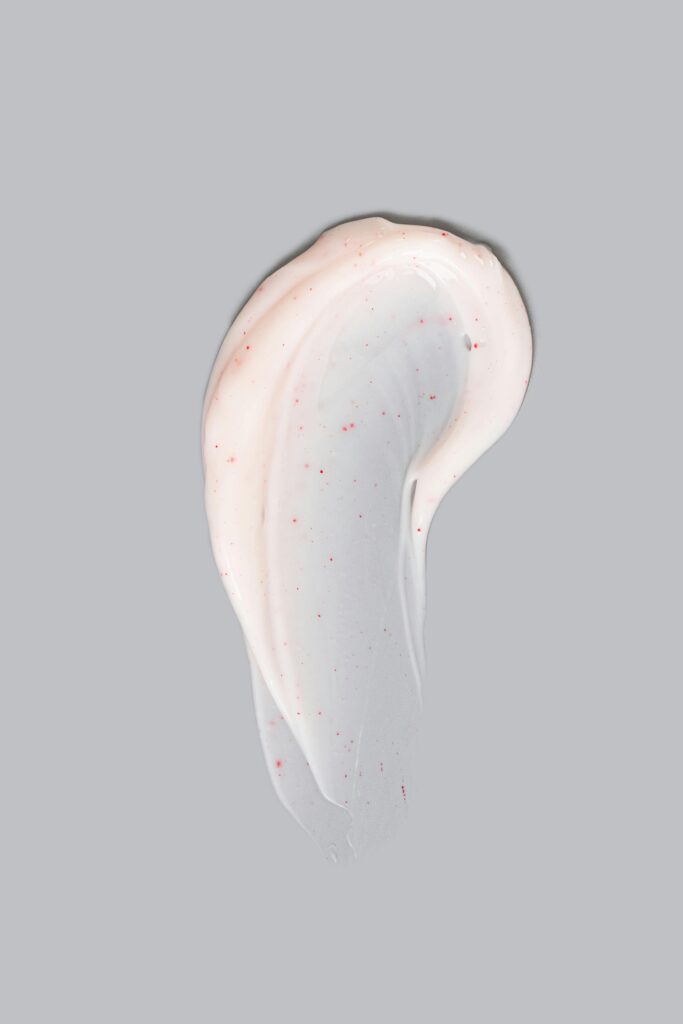Snail Mucin vs Hyaluronic Acid: Are They Really Interchangeable?
You’ve likely spotted both snail mucin and hyaluronic acid (HA) listed on the labels of your favorite serums or hydrating masks. They often appear together, leading many to assume they serve the same function.
But here’s the thing: while both support skin hydration, their underlying biology, behavior in the skin, and clinical evidence tell different stories. And knowing these differences matters—especially if your skin is sensitive, compromised, or showing early signs of aging.
This post unpacks the science behind these two high-performing ingredients—so you can choose the one that matches your skin’s needs, with clarity and confidence.
- Snail Mucin vs Hyaluronic Acid: Are They Really Interchangeable?
- What Are They, Really? Origins and Ingredient Profiles
- Mechanisms of Action: How They Work at the Skin Level
- What the Research Says: Evidence-Based Comparisons
- What Makes a Good Snail Mucin or Hyaluronic Acid Formula?
- Ingredient Pairings and Potential Incompatibilities
- Snail Mucin vs HA: Which One Should You Use?
- Final Verdict: Snail Mucin and HA Are Better Together

Here’s the thing: while both support skin hydration, their underlying biology, behavior in the skin, and clinical evidence tell different stories. And knowing these differences matters—especially if your skin is sensitive, compromised, or showing early signs of aging.
What Are They, Really? Origins and Ingredient Profiles
| Ingredient | Source & Key Components | Main Roles in Skincare |
| Snail Mucin (SSF) | Filtrate from Helix aspersa snail secretion | Multi-tasking: hydration, repair, antioxidant |
| Hyaluronic Acid (HA) | A glycosaminoglycan found in human skin | Deep hydration, surface plumping, barrier boost |
Snail mucin, technically snail secretion filtrate (SSF), is a naturally secreted substance that helps snails heal wounds and regenerate tissue. It contains a mix of glycoproteins, peptides, antioxidants, hyaluronic acid analogs, and enzymes like Gpx-1. These components make it a multifunctional ingredient—not just a hydrator, but a barrier supporter and collagen-preserving ally.
Hyaluronic acid, on the other hand, is a well-studied sugar molecule that exists naturally in the human extracellular matrix. It holds water like a sponge and supports tissue hydration. But not all HA is created equal: low molecular weight versions can penetrate more deeply, while high molecular weight types sit on the surface and help prevent moisture loss.

Fun Fact: Snail mucin contains small amounts of hyaluronic acid-like compounds—but also includes growth factors and antioxidant enzymes, making it more than just a humectant.
Mechanisms of Action: How They Work at the Skin Level
To understand what each ingredient does, we have to look beneath the surface—literally. Here’s how each behaves in contact with skin cells and structures:
🐌 Snail Mucin
- Stimulates fibroblast activity → promotes collagen and elastin production
- Inhibits MMP enzymes → reduces collagen degradation from UV exposure
- Delivers antioxidants → includes enzymes like Gpx-1 to combat oxidative stress
- Supports re-epithelialization → speeds up skin healing post-procedure or inflammation
- Hydrates via glycosaminoglycans that bind water within the epidermis
💧 Hyaluronic Acid
- Binds up to 1,000x its weight in water → plumps and softens skin
- Low MW HA → penetrates epidermis, increases elasticity
- High MW HA → forms surface film, reduces TEWL (trans-epidermal water loss)
- Supports post-procedure healing → especially effective after laser and microneedling
| Skin Benefit | Snail Mucin ✅ | Hyaluronic Acid ✅ | Key Difference |
| Long-lasting hydration | ✅✅ | ✅✅ | Both work, but HA acts faster; mucin repairs too |
| Barrier recovery | ✅✅ | ✅ | Mucin adds proteins that support structure |
| Wound healing | ✅✅ | ✅ | Both assist; mucin activates fibroblasts |
| Anti-aging support | ✅✅ | ✅ | Mucin inhibits collagen-degrading enzymes |
| Plumping effect | ✅ | ✅✅ | HA wins for instant surface hydration |

Pro Tip: Think of HA as a powerful hydrator with a quick payoff. Snail mucin works more slowly—but it does more than hydrate. It helps rebuild.
What the Research Says: Evidence-Based Comparisons
Hyaluronic Acid: Backed by Human Trials
- A 2022 paper (Bravo et al.) reviewed HA’s ability to improve hydration, elasticity, and texture.
- When used with BoNTA (Botox), a 1.5% HA serum extended anti-aging results and enhanced satisfaction scores.
- Proven to accelerate healing and reduce discomfort post-laser treatments.
Snail Mucin: Early Clinical Promise with Broad Biological Effects
- Singh et al. and Kim et al. found that mucin improved fibroblast activity, suppressed oxidative stress, and enhanced collagen density in UV-damaged skin models.
- Some early human trials show improved skin texture, hydration, and barrier integrity, though more robust RCTs are needed.
| Skin Concern | Better Evidence From… | Comments |
| Quick hydration boost | HA | Works within hours when well-formulated |
| Post-acne or injury repair | Snail Mucin | Aids tissue regeneration and collagen remodeling |
| Fine lines & aging | Snail Mucin | Targets structural aging via ECM support |
| Post-procedure use | HA | More trials on safety and comfort after peels/lasers |

Key Takeaway: If you need immediate hydration, HA delivers. If you’re looking for long-term barrier rebuilding and skin repair, snail mucin is the better fit. Their effects are not redundant—they’re complementary.
What Makes a Good Snail Mucin or Hyaluronic Acid Formula?
Not all products with “hydrating” labels are created equal. Whether you’re looking at snail mucin or hyaluronic acid (HA), the effectiveness depends on how the ingredient is processed, stabilized, and paired.
What to Look for in Snail Mucin Formulas
| Key Feature | Why It Matters |
| 70%+ Snail Secretion Filtrate | Reflects concentrations used in research for hydration and repair |
| Low pH (4.5–5.5) | Maintains stability and skin compatibility |
| Enzyme-treated or filtered | Preserves bioactive peptides and reduces impurities |
| Fragrance-free | Prevents irritation, especially in sensitive or compromised skin |
What to Look for in Hyaluronic Acid Formulas
| Key Feature | Why It Matters |
| Multi-molecular weights | Allows deeper and longer-lasting hydration across skin layers |
| 0.1–2% HA concentration | Ideal for effectiveness without congestion or stickiness |
| Formulated with antioxidants | Counters HA degradation triggered by UV and pollution |
| Combined with occlusives | Prevents moisture evaporation in dry or low-humidity conditions |

Pro Tip: Always check ingredient order. If snail mucin or HA is listed after preservatives or fragrance, it likely won’t deliver meaningful results.
Ingredient Pairings and Potential Incompatibilities
Both ingredients hydrate—but they work differently, which means their ideal pairings vary.
| Ingredient | Best Combined With | Avoid Combining With |
| Snail Mucin | Niacinamide, peptides, ceramides | Harsh exfoliants, essential oils |
| Hyaluronic Acid | Vitamin C, panthenol, squalane | Overuse without an occlusive (in dry air) |
Example Routines:
- AM Routine: HA serum → antioxidant-rich moisturizer → SPF
- PM Routine: Niacinamide → Snail mucin serum → barrier-repair cream

Fun Fact: When paired together, hyaluronic acid enhances hydration while snail mucin helps strengthen the skin’s scaffolding from the inside out.
Snail Mucin vs HA: Which One Should You Use?
Let’s make it simple.
Choose Snail Mucin if:
- You’re recovering from irritation, acne, or procedures
- Your skin is chronically dry, dull, or fragile
- You want hydration with long-term structural repair
Choose Hyaluronic Acid if:
- Your skin is dehydrated, especially after cleansing
- You want instant plumping or improved bounce
- You’re layering active serums and want lightweight hydration
Use Both if:
- Your skin is both dry and reactive
- You’re repairing your barrier while hydrating
- You’re building a long-term barrier support routine

Pro Tip: Layer HA first on damp skin for optimal penetration. Follow with snail mucin to seal hydration and add repair benefits.
Final Verdict: Snail Mucin and HA Are Better Together
In the hydration vs. repair debate, here’s the bottom line:
- HA delivers speed—you’ll feel its hydrating effect within hours.
- Snail mucin delivers depth—helping skin repair itself from environmental and procedural stress over time.
What’s Your Experience with Snail Mucin or Hyaluronic Acid?
Have you used one, the other, or both? What worked? What didn’t? Drop your current routine or skin concern in the comments and let’s troubleshoot it together.
Talk to you soon!
Dr Bozica
References:
https://onlinelibrary.wiley.com/doi/full/10.1111/dth.15903
https://onlinelibrary.wiley.com/doi/full/10.1111/jocd.16269
https://jamanetwork.com/journals/jamadermatology/fullarticle/2642949
https://www.sciencedirect.com/science/article/pii/S1756464622001232